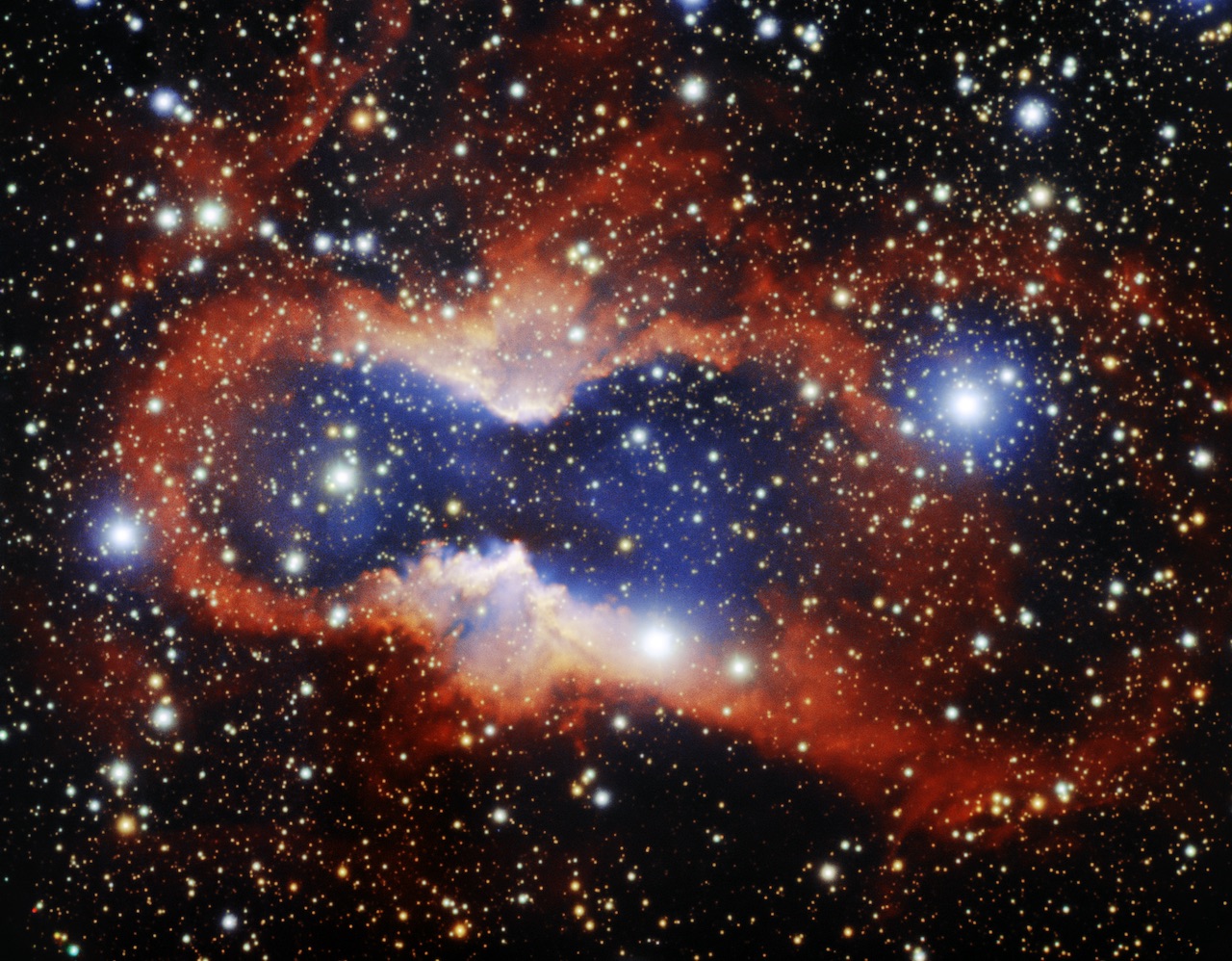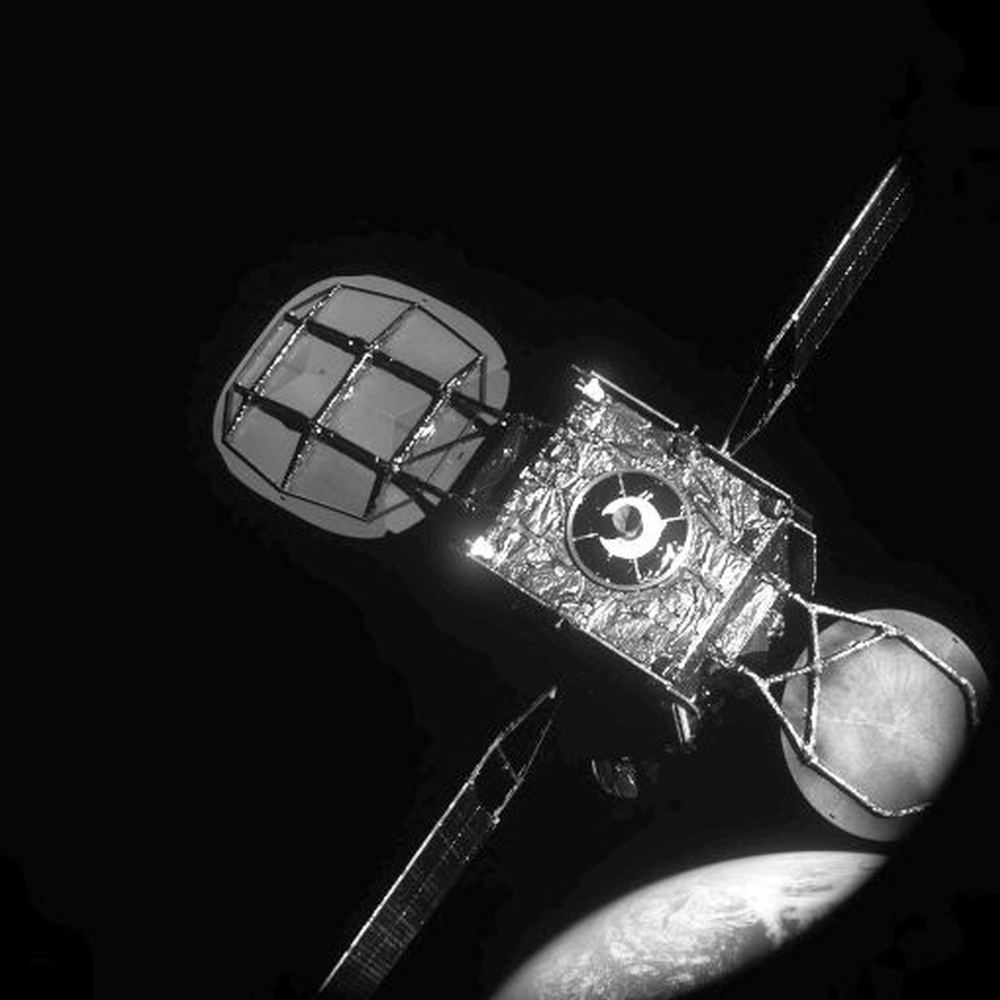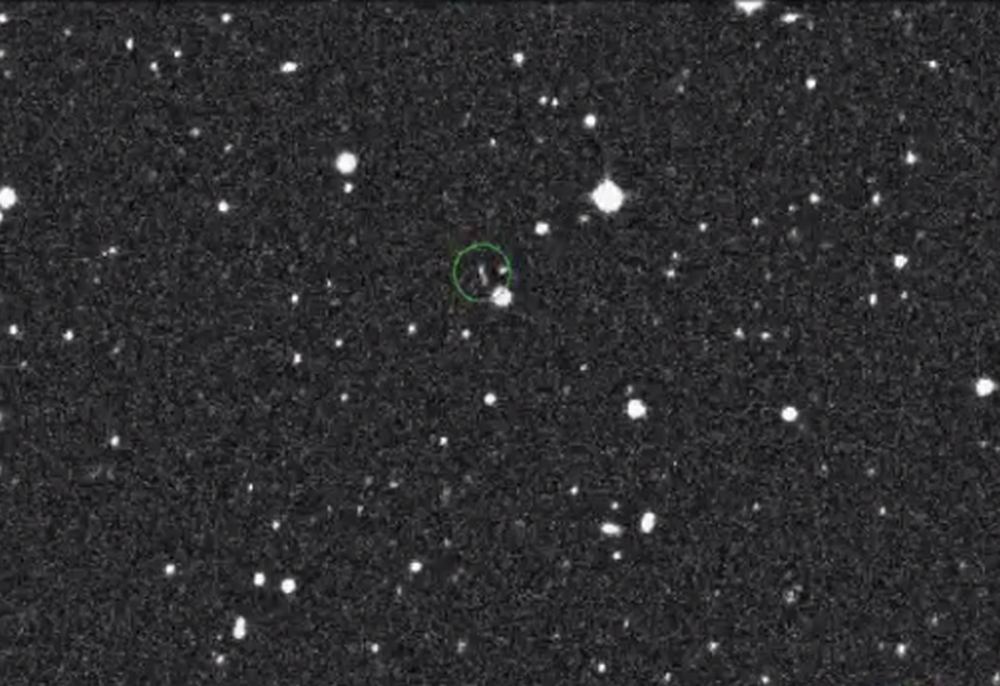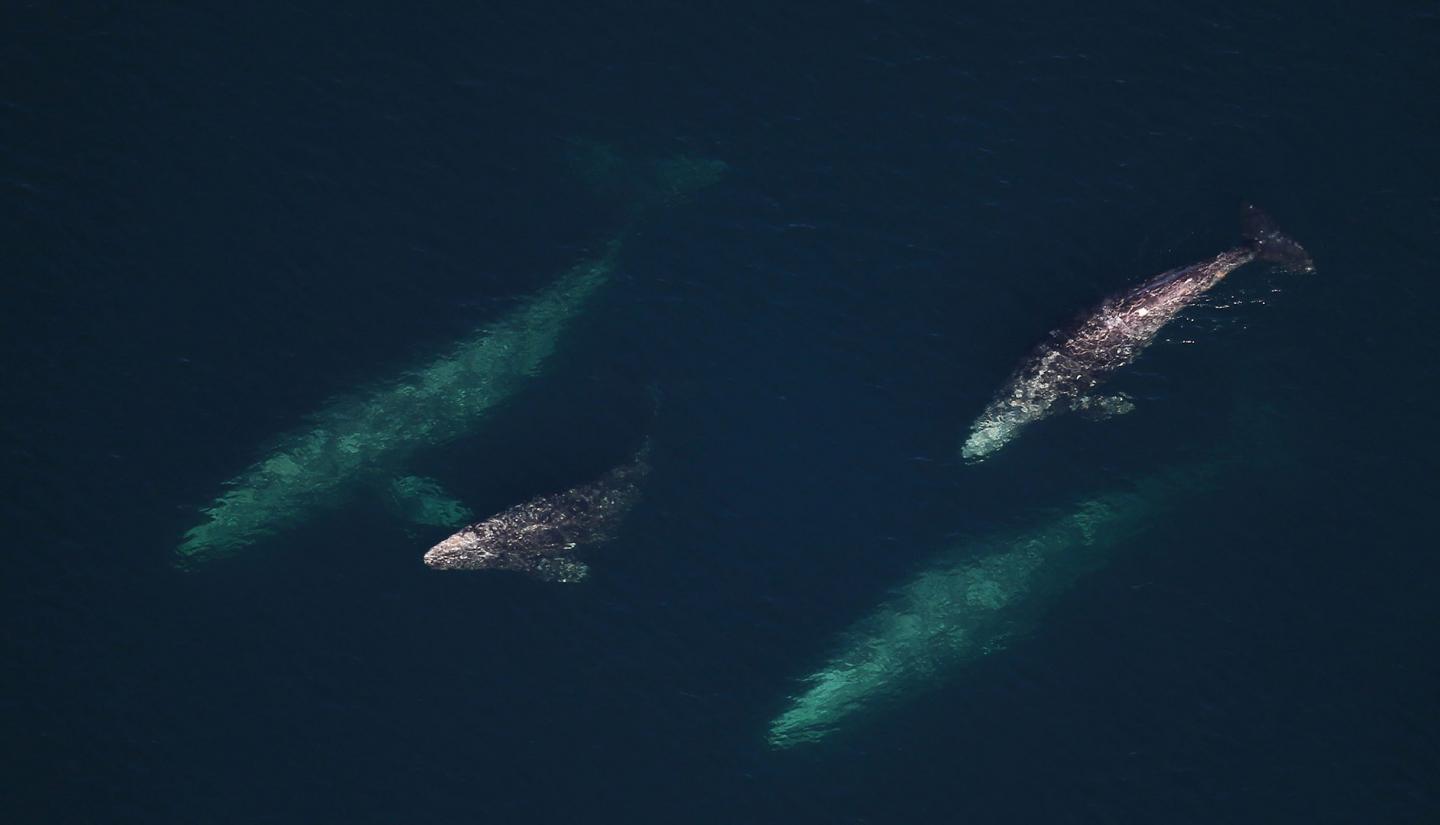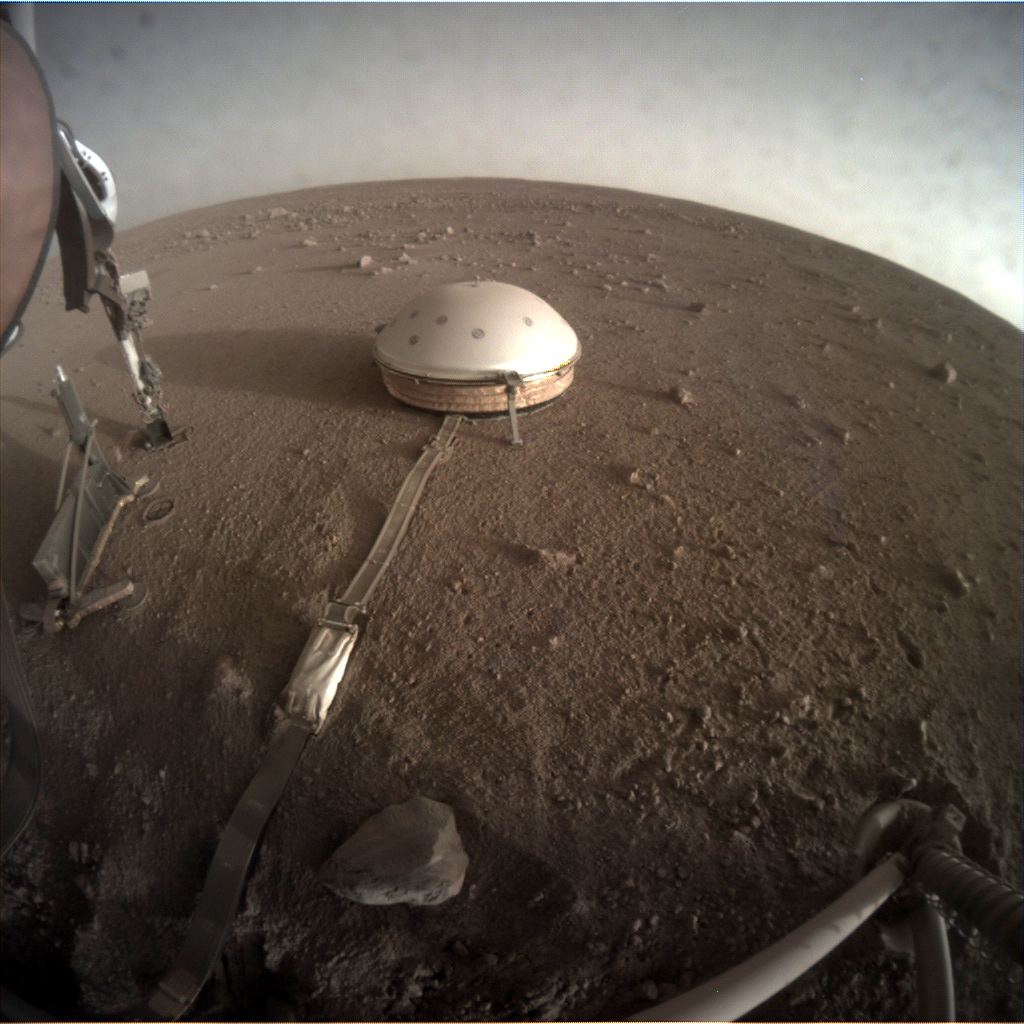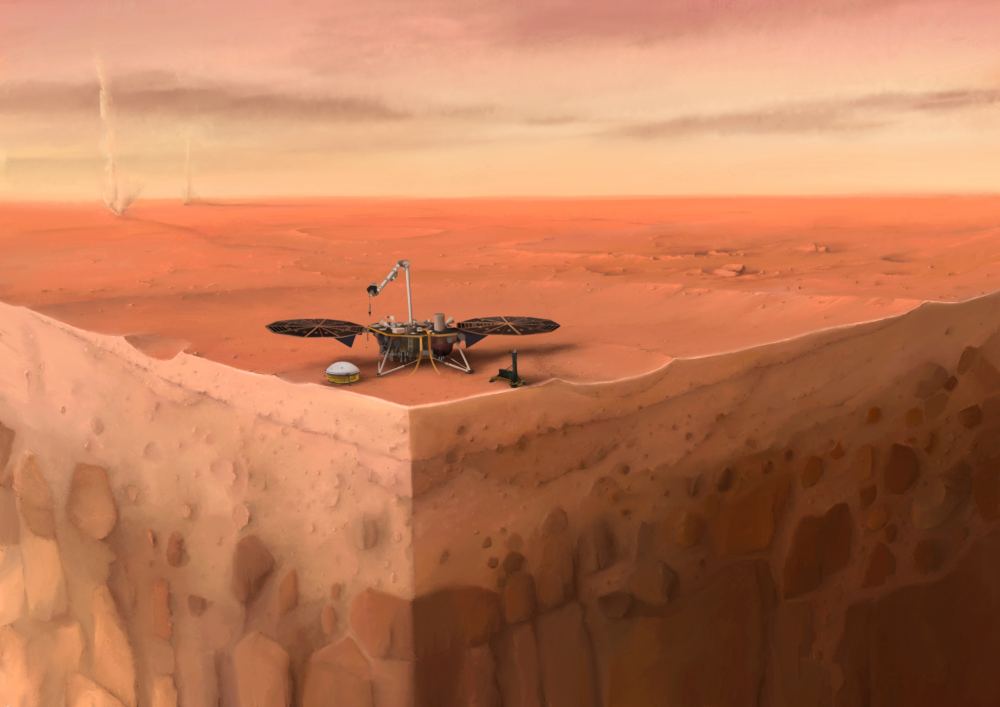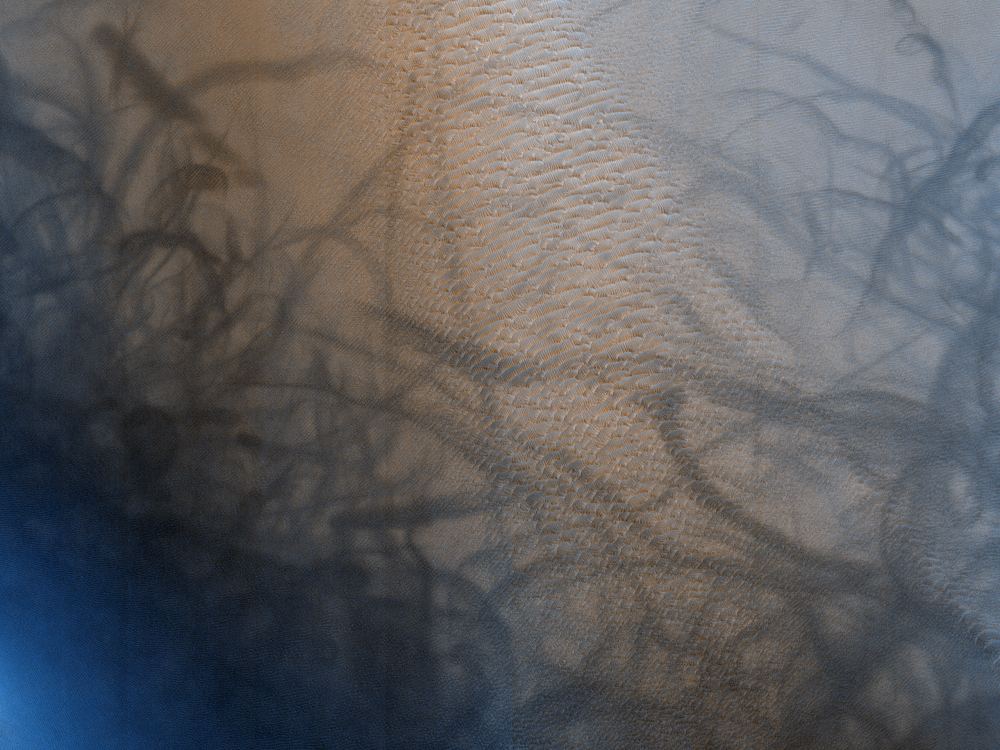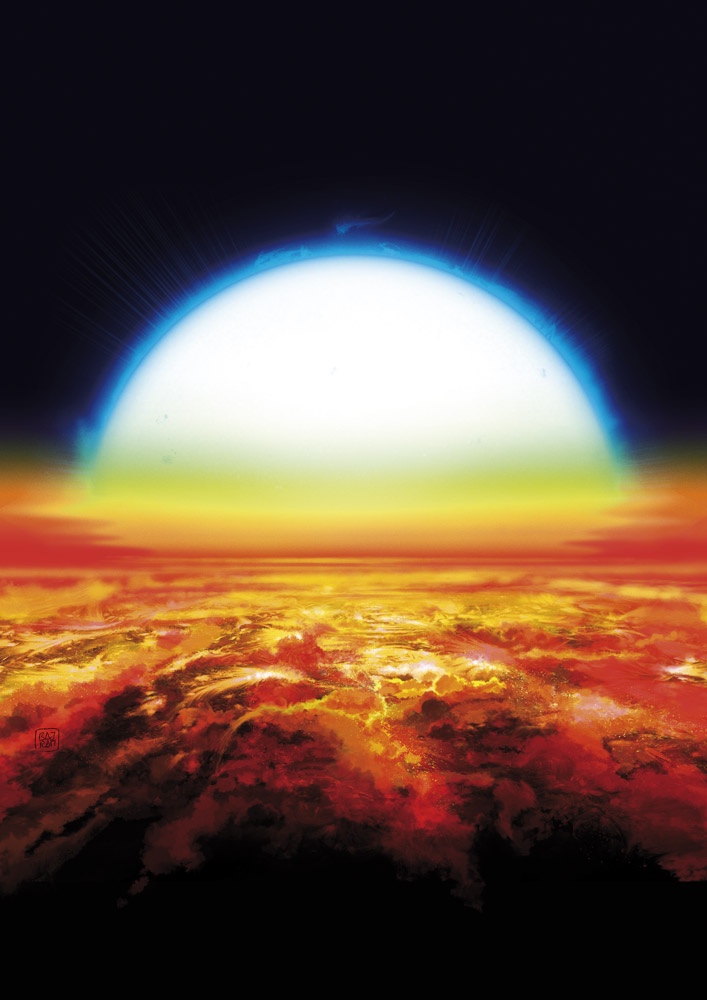Evidence from an ancient section of the Earth’s crust suggest that Earth was once a water-world, some three billion years ago. If true, it’ll mean scientists need to reconsider some thinking around exoplanets and habitability. They’ll also need to reconsider their understanding of how life began on our planet.
Continue reading “3 Billion Years Ago, the World Might Have Been a Waterworld, With No Continents At All”3 Billion Years Ago, the World Might Have Been a Waterworld, With No Continents At All



